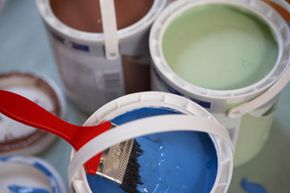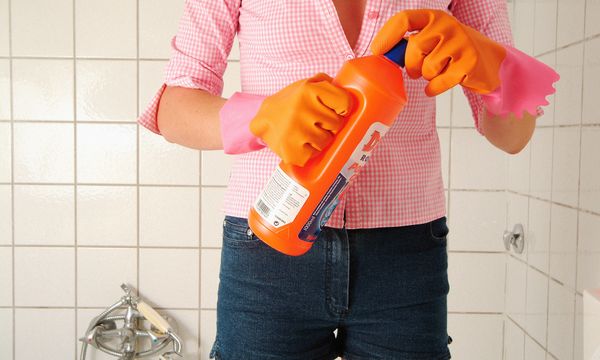The smell of paint usually gives away the fact that you're probably breathing in something that's bad for your health. But did you know just how right your nasal signals are?
Lead paint, which was banned by the Consumer Product Safety Commission in 1977, is not the only type of paint that's bad for your health. (You might remember hearing in the news that children who ate chipped-off lead paint developed mental disabilities.)
Advertisement
In fact, unless you make a conscious effort to choose paint with your family's health and the environment in mind, you'll find that most of today's paint contains many chemicals -- known as volatile organic compounds -- that can negatively affect your health.
So just what exactly is a volatile organic compound? VOCs, as they're commonly called, are chemicals inside paint that are released into the air as you paint a wall.
Although the majority of VOCs leave the paint as the wall dries, not all of them do. In fact, paint can release VOCs into the air for years following the initial painting, putting your family at risk.
VOCs are dangerous for a couple of reasons. First, many VOCs are known carcinogens. A typical bucket of paint contains chemicals, such as benzene, methylene chloride and others, that have been linked to cancer [source: United States Environmental Protection Agency].
VOCs are also the components of paint that cause you to develop a headache after painting. In addition, the VOC-rich air in your home over the following years can put you or a family member at a higher risk of developing asthma or allergies [source: Choi et al].
So why are there VOCs in paint at all if they're so unhealthy, and are there other options? Read on to learn more.
Advertisement

